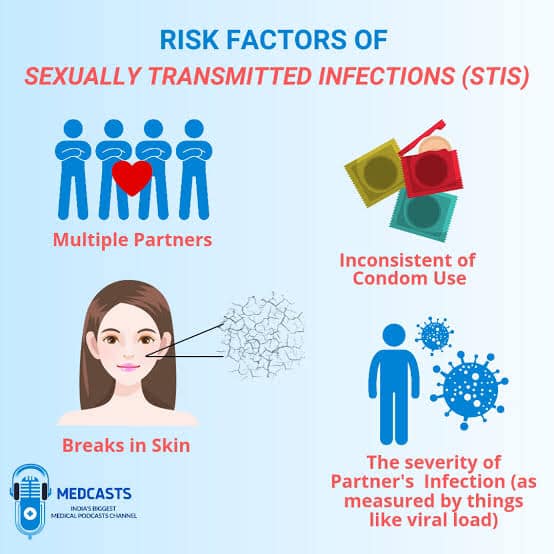Signs and symptoms that a pregnant woman should report immediately to her health care provider include: (Select all that apply.)
Urinary frequency.
rupture of membranes.
heartburn accompanied by severe headache.
decreased libido.
Vaginal bleeding.
Correct Answer : B,C,E
Choice A reason: Urinary frequency is a common symptom of pregnancy, especially in the first and third trimesters, due to the increased pressure of the uterus on the bladder. It is not a sign of complication and does not need to be reported immediately.
Choice B reason: Rupture of membranes is the breaking of the amniotic sac, which can occur spontaneously or artificially before or during labor. It is a sign of impending delivery and can increase the risk of infection. It should be reported immediately to the health care provider.
Choice C reason: Heartburn accompanied by severe headache can indicate preeclampsia, a serious condition characterized by high blood pressure and proteinuria in pregnancy. It can lead to eclampsia, which is a life-threatening seizure disorder. It should be reported immediately to the health care provider.
Choice D reason: Decreased libido is a normal change in pregnancy, due to hormonal fluctuations, physical discomfort, and emotional stress. It is not a sign of complication and does not need to be reported immediately.
Choice E reason: Vaginal bleeding can indicate various complications in pregnancy, such as placenta previa, placental abruption, or miscarriage. It can pose a threat to the mother and the fetus. It should be reported immediately to the health care provider.
Nursing Test Bank
Naxlex Comprehensive Predictor Exams
Related Questions
Correct Answer is ["B","C","D"]
Explanation
Choice A reason: Abstinence is the avoidance of sexual activity, which reduces the risk of exposure to STIs. It is not a sexual risk behavior.
Choice B reason: Multiple sex partners increases the likelihood of exposure to STIs, especially if the partners are not tested or treated. It is a sexual risk behavior.
Choice C reason: Unprotected anal intercourse exposes the mucous membranes of the rectum and anus to potential pathogens, which can cause STIs such as gonorrhea, chlamydia, syphilis, and HIV. It is a sexual risk behavior.
Choice D reason: Oral sex involves contact between the mouth and the genitals or anus, which can transmit STIs such as herpes, HPV, gonorrhea, and syphilis. It is a sexual risk behavior.
Choice E reason: Dry kissing is the contact between the lips without the exchange of saliva, which does not transmit STIs. It is not a sexual risk behavior.

Correct Answer is B
Explanation
Choice A reason: An antiemetic such as pyridoxine may be used to control vomiting in women with hyperemesis gravidarum, but it is not the initial treatment. The first priority is to restore fluid and electrolyte balance and prevent dehydration and hypovolemia.
Choice B reason: IV therapy is the initial treatment for women with hyperemesis gravidarum. It helps to correct fluid and electrolyte imbalances, prevent dehydration and hypovolemia, and restore normal blood pressure and urine output. IV fluids may also contain glucose, vitamins, and electrolytes to replenish losses.
Choice C reason: Enteral nutrition may be used to meet nutritional needs in women with hyperemesis gravidarum, but it is not the initial treatment. Enteral nutrition involves feeding through a tube inserted into the stomach or intestine. It may be considered if oral intake is not tolerated or adequate after IV therapy.
Choice D reason: Corticosteroids are not used to treat hyperemesis gravidarum. They are used to reduce inflammation in conditions such as asthma, rheumatoid arthritis, and allergic reactions. They have no effect on nausea and vomiting in pregnancy.
Whether you are a student looking to ace your exams or a practicing nurse seeking to enhance your expertise , our nursing education contents will empower you with the confidence and competence to make a difference in the lives of patients and become a respected leader in the healthcare field.
Visit Naxlex, invest in your future and unlock endless possibilities with our unparalleled nursing education contents today
Report Wrong Answer on the Current Question
Do you disagree with the answer? If yes, what is your expected answer? Explain.
Kindly be descriptive with the issue you are facing.
